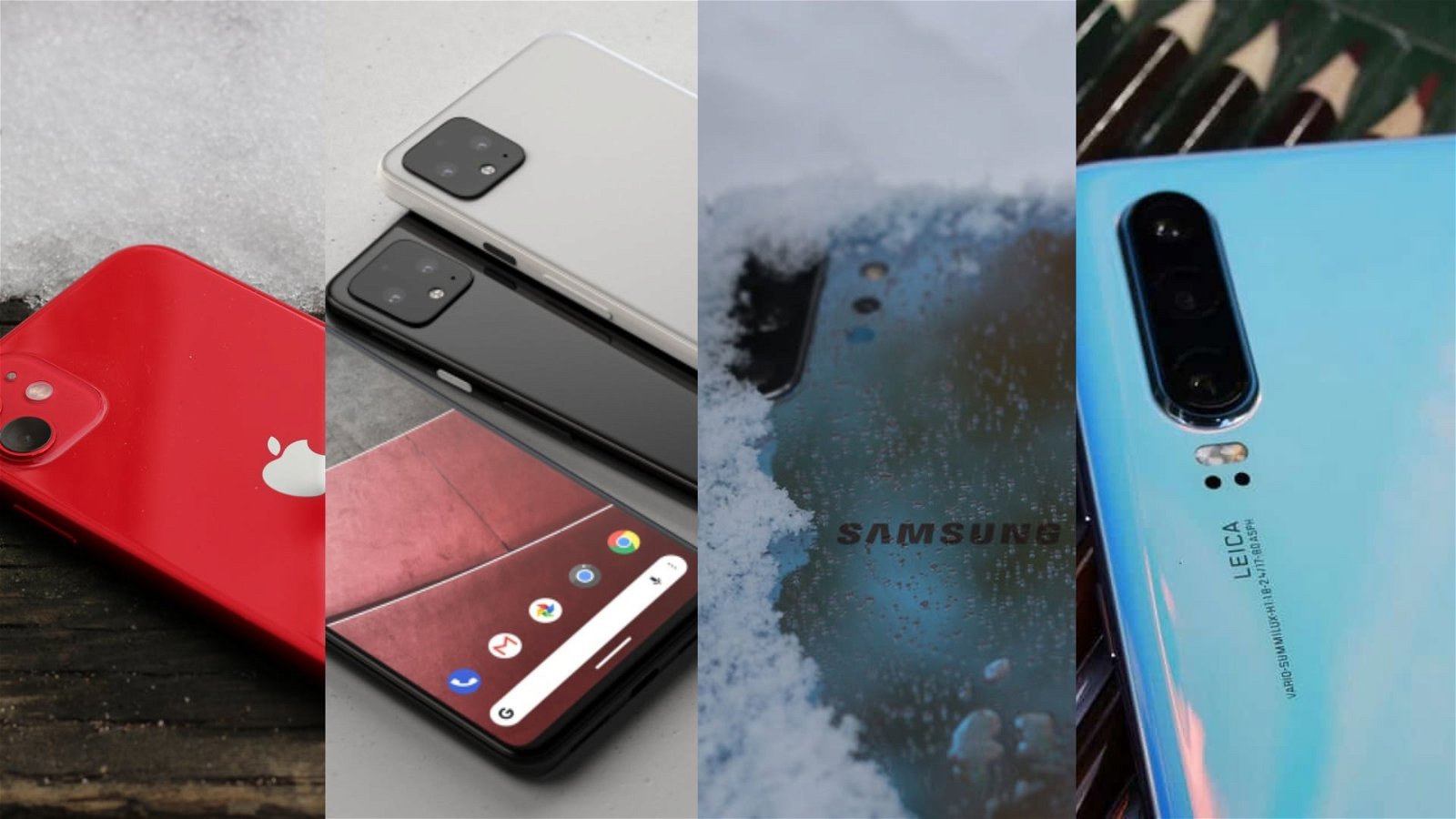Smartphones have quickly become the device we rely on most. From controlling all the new smart devices you will have in your house, to have a camera that can capture life’s moments, smartphones are now ubiquitous in society.
Yet with so many phones released each year, it has become hard to decide what is worth the money, and what can hold up to the punishment of daily use.
To this end, CGMagazine has compiled a list of the best and most unique phones of 2019 to help ensure anyone looking to pick up a new phone for themselves or buy a new gift, they know all the best choices currently on the market. As always, CGMagazine only endorses products we have tested, so there always can be a piece of gear that while amazing, has not made it in to our office for review.
Apple iPhone 11
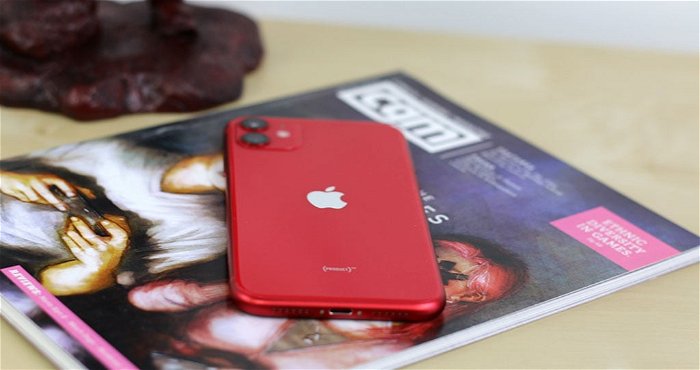
As the iPhone range of products evolves, there are now enough devices on offer to fit most people’s needs and budgets. And despite what many people think, for 2019 the iPhone 11, not the iPhone 11 Pro has the CGM seal of approval for one of the best iOS devices you can buy. It is a slick device, that feels great in the hand, and packs a lot of power under the hood, and despite lacking some of the features of it’s bigger brother, the iPhone 11 will hit that “pro” itch for all but a select few.
Physically, the iPhone 11 feels very similar to the iPhone XR, and brings with it the same dimensions and weight as that device. It also brings with it two cameras on the back, a 6.1-inch Liquid Retina display, and stereo speakers. It should be noted that the iPhone 11 does have a 720p resolution display, but honestly, most people will not even notice this fact. The screen is bright and clear and will be more than enough, especially at its size.
Under the hood, the iPhone 11 is nothing to sneeze at power-wise. The A13 Bionic chip with 4GB of RAM will power through most tasks you can throw at it. It should also be noted that this is indeed the same chip as you can find in the iPhone 11 Pro, and it is just as impressive as you have heard. We never saw any slowdown when using the device, even with more intensive apps and games.
For anyone that uses the iPhone as their photo-taking device of choice, you will not be disappointed by what the iPhone 11 has on offer. The phone produces clean, clear photos with great colour reproduction and fantastic dynamic range. Apple have worked to produce photos that look good in a variety of situations, and it shows. From outdoor photography to photos of food, the iPhone 11 stepped up to the plate and delivered.
The iPhone 11 while lacking features, and feeling a bit less premium, is a fantastic device, and at the price point it is hard to beat. There are options that cost more, and try and do what Apple has been doing, but despite the improvements, Android and iOS are still very different systems and it can still be hard to make the switch, just for a cheaper device. Now with the iPhone 11 you don’t have too. The iPhone 11 is a phone that feels like you no longer need to make compromises to get a cheaper device, and we are happy to see it. If you are on a budget but want to stay with iOS, look no further than the iPhone 11, you or your loved one won’t be disappointed!
Google Pixel 4
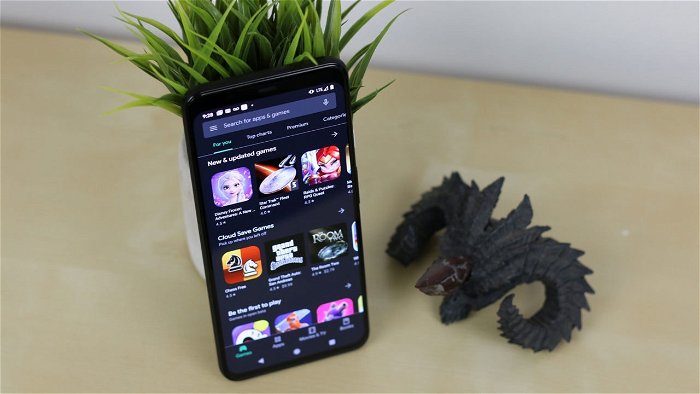
While the Pixel 4 is not the perfect smartphone, or even the perfect Android phone, what Google has done in solidifying the software and hardware into a single entity finally shows the potential and possibilities of Android as a whole.
Looking at the specs and features, and you would be excused for thinking the Pixel 4 and Pixel 4 XL seem less impressive than many of the smartphones currently on the market. They only have 6GB RAM, they don’t have the biggest battery, and they don’t have the best display ever seen. Yet despite that, Android has never felt better than it does on the Pixel 4. Google and the Pixel team have built a phone that feels like the essence of Android, bringing the best potential features of the OS to the forefront and making everything feel like a fluid streamlined experience.
The Pixel 4 feels like a culmination of Android designs from the past into a solidified, well-designed package. Google has opted to avoid the notch many people found annoying on last year’s Pixel 3 and gone for a simpler, more elegant design with a larger top bezel that allows for all the cameras, along with the sensors that make the Pixel 4 so special. Along the sides, the Pixel 4 feels appropriately modern, with a great screen to bezel ratio that looks good and is easy to use while on the go.
The software is where the Pixel 4 range really shines. It finally feels like the Pixel team and the software team talked. While most features will eventually make their way to other Android-based devices, it is the way that Google has blended the software and hardware that makes the Pixel 4 so special with features that take advantage of the hardware far more than we have seen in past devices. Google is working to build a showcase of what Android is capable of, and the Pixel 4 does just that. It stands as a testament to what is possible on Android and shows that when you remove the bloat, Android can be a sublime OS that can easily give iOS a run for its money.
There is a lot to love about the Pixel 4. Google has finally found a footing and are building devices that showcase the features possible with Android. With one of the best cameras available on a smartphone and a feature set that will wow most consumers, the Pixel 4 stands as a showcase for the OS in a way no other Android phone has done up to this point. Is this the “best” Android device? That is hard to say, but it is the most cohesive, and that is something special. If you are looking for a new smartphone in 2019 and want to go with Android, look no further than the Pixel 4.
Samsung Galaxy Note 10

With the Note 10 Plus, Samsung has taken the advancements we saw in the Samsung S10, refined them, and produced one of the most advanced, and feature-rich phones you can currently buy, but as with anything, there are caveats.
There are plenty of big Smartphones on the market, even Apple has jumped in on the big phone craze. But few execute on that size in a style quite like the Note 10. This is a stunning device, that feels as premium as the price would suggest. The curved glass front, appears to melts into the metal pearl-like back making for a stunning device to look at and hold. The S-Pen slides easily into its special slot to the bottom right of the device, which also charges the pen when not in use.
The screen on the Note 10 Plus is bright, vibrant and clear. It also manages to do all this with a little bezzle as possible. The curved glass screen makes it feel as if the display spills over the sides of the device, a stunning concept, along with a bit tedious to take advantage of if you are not used to typing on such a screen.
Even without the 90 Hz feature, the Note 10 Plus feels undeniably ostentatious and premium. From the way the device feels in the hand, to the glamorous look of the Aura Glow back, Samsung has done everything they can to make this feel like a premium device, and it shows. That being said, he back should win an award for how much of a fingerprint magnet it proved to be. It will be near impossible to keep this device looking free from marks unless you put it in a case, and that will spoil the look the device in the process.
The Samsung Note 10 Plus feels like the ‘most’ Android phone currently on the market. It is akin to the Ferrari, it does everything a normal car can do, just better. Most people don’t need the flash, or power the Note 10 affords, and the with the premium price, it is a hard sell for some. But for anyone looking for the best phone money can buy and want Android, the Note 10 Plus is it. It has the most features, the most screen, and the most power, of anything currently on the market. Samsung has delivered on a stunning device, and if money is no object, give the Samsung Note 10 Plus a try, you won’t be disappointed.
Huawei P30 Pro
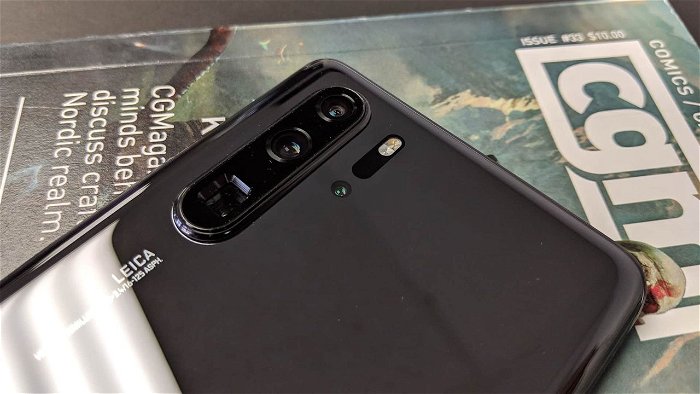
While photography is the focus of their latest flagship, the P30 and P30 Pro, this is not to say that Huawei has neglected any other aspects of the phone in building this wondrous camera. The P30 Pro still retains a premium feel, a dazzling screen, and a fantastic battery to boot. It is simply the fact the camera is leaps and bounds better than anything else on the market that makes it stand out heavily when exploring what the P30 range of devices have to offer.
The 6.47″ display phone boasts a stunning 1080 x 2340 resolution screen running on the Android 9.0 with the EMUI skin. Under the hood of the P30 Pro, you will find an Octa-core (2.6 GHz, Dual core, Cortex A76 + 1.92 GHz, Dual core, Cortex A76 + 1.8 GHz, Quad core, Cortex A55) paired with 8GB RAM and a 4200mAh battery. The phone comes in storage configurations starting at 256GB, with the ability to expand using Nano-Memory should you need more space and a 32MP, f/2.0 selfie camera for good measure.
Firstly the design. When holding the P30 Pro, the level of quality and craftsmanship that goes into the device is immediately evident. The sleek curves and impeccable fit and finish make the P30 Pro a joy to hold and use. Combine that with a striking set of colours including Aurora, Amber Sunrise, Breathing Crystal, Black, and the striking Pearl White. It is a shame the phone is so slippery, falling off most inclined surfaces due to the all-glass nature of the body. Thankfully the P30 comes with a silicone case in the box. This case does take away some of the striking nature of the device, but also makes it much less slippery and gives the $1,000 device a level of protection that is welcome.
Looking at the back of the device and you will quickly see why the P30 Pro is a monster when it comes to photography. With a 40 MP, f/1.6, 27mm (wide), 1/1.7″, PDAF, OIS 20 MP, f/2.2, 16mm (ultrawide), 1/2.7″, PDAF Periscope 8 MP, f/3.4, 125mm (telephoto), 1/4″, 5x optical zoom, OIS, and a TOF 3d Camera used for portrait photography, the P30 Pro is the camera phone to beat in 2019.
While yes, the P30 Pro is still just a smartphone, and there are cases where a DSLR is simply needed, for most people during their every day, it is hard to argue with the fact the P30 Pro is a truly spectacular picture taking device that can deliver jaw-dropping photos. From nature shots to capturing moments out with friends, the P30 Pro was the go-to option for all my photo needs.
Huawei has managed something I did not think possible: they released a phone that allows me to leave the DSLR at home, at least for most of my daily photo needs. From the amazing low-light abilities to the plethora of options for photography, the P30 Pro has secured its place as the smartphone camera to beat in 2019. While it may not be for everyone and is a pricy option, if you are in the market for a new flagship, the P30 Pro is one to give some serious thought.
Samsung Galaxy S10 Plus
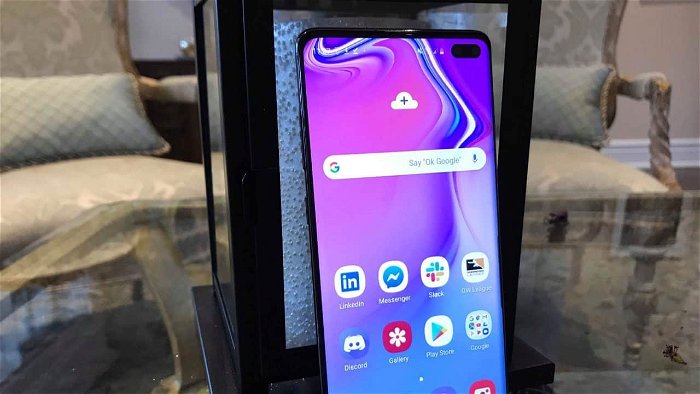
As someone who has spent most of their smartphone days as an iPhone owner, I’ll admit I was intrigued but skeptical by the Samsung Galaxy S10 Plus when it was revealed last month. The large screen and camera stood out, but I wasn’t sure if the phone was going to be the joyride that it was being advertised as. As it turns out, the Samsung Galaxy S10 Plus is more than just a simple joyride, it’s a full-on space expedition.
Right off the bat, the most striking feature of the S10 Plus is the new screen. It takes up basically the whole front of the phone, save for a spot in the top right corner where the camera sits. However, unlike the iPhone XR where the camera sits on a bezel, the S10 plus camera sits directly on the screen and there is more screen above it. This gives the S10 Plus a great first impression, and it’s something that still blows me away every time I look at it.
Compared to last year’s Samsung Galaxy S9 which had a 5.8-inch screen, the S10 Plus is noticeably bigger and clocks in at 6.4 inches. Camera wise, the S10 plus has a front facing 8 Megapixel camera, but it’s the back three cameras that really stand out. There’s a 16 MP ultra-wide angle, 12 MP wide angle and 12 MP telephoto, with each one bringing a separate specialization to the S10 kit. They don’t necessarily look all that different but instead bring a different perspective to pictures and provide you with more options. The good news is that you can tinker with the different cameras all you want because the S10 Plus has a great battery. It easily lasts a full day of consistent use with battery to spare and thanks to the built-in fast charge, it can be fully charged in just over an hour.
The Samsung Galaxy S10 Plus is a stunning piece of tech in its own right, and it’s one of the most impressive phones on the market. It is a bit on the pricey side, as it retails for $1,574.99 CDN if you’re looking to buy it outright. That being said, it’s got a standout presentation and is full of futuristic features that do simply remarkable things. It’s a multitasking, power-sharing force, and the features more than makeup for the sometimes-frustrating UI experience. Whether you’re a seasoned Samsung consumer or someone who has never owned a Samsung device, the Samsung Galaxy S10 Plus is more than worth a look.
LG G8X ThinQ Dual Screen

LG has seemingly perfected this notion, learning from the strengths and weaknesses of its previous dual-screen device. The latest LG G8X ThinQ Dual Screen, which now features a symmetrical second-screen, aids in improving the user experience and intuitiveness of the device, versus the dual-screen experience on the previously released LG V50, which featured a smaller, non-symmetrical second-screen.
Not to say, the second-screen on the G8X is essential to the experience, because it’s not. However, what’s important to note is the fact that it doesn’t feel like it is just another add-on. Instead, the second screen felt like a well-thought-out and integrated display — that is, if you’re the kind of consumer who wants one device to replace both a smartphone and a tablet. Equipped with the (almost) latest Qualcomm Snapdragon 855 chipset and 6GBs of RAM, the LG G8X is more than capable of running two apps simultaneously, which in real-world situations felt most applicable when watching videos and browsing the internet on the second display.
The design of the case feels sturdy and premium, with the back featuring a nice leather-like texture for better grip. The front of the second screen/case also doubles as a mirror as it features a highly reflective piano-like finish. Finally, when closed, the front of the case features a small display that highlights the time and other basic notifications.
One nice thing about Android is the fact that many devices feature expandable storage, and the LG8X is no exception if the onboard 128GB flash memory isn’t enough. Aside from the two-screens, my favourite aspect of the LG G8X is its ultra-wide 13MP front-facing camera, reminiscent of the LG5, with an impressive 136-degree FOV and an aperture of f1/.8. If that’s not enough, the LG G8X also features a 32 MP selfie cam, which allows for crisp looking selfies and for some strange reason, the added option of ASMR video recording.
Ultimately, I believe LG wanted to create a phone that checked off most of the boxes when considering what is currently trendy in tech but did so in a way that is not only practical but also thoughtful. The LG G8X ThinQ Dual Screen may not be for everyone, but those who want a single device capable of being a quality smartphone and a tool that provides adequate multitasking functionally, it is hard not to recommend the G8X.
